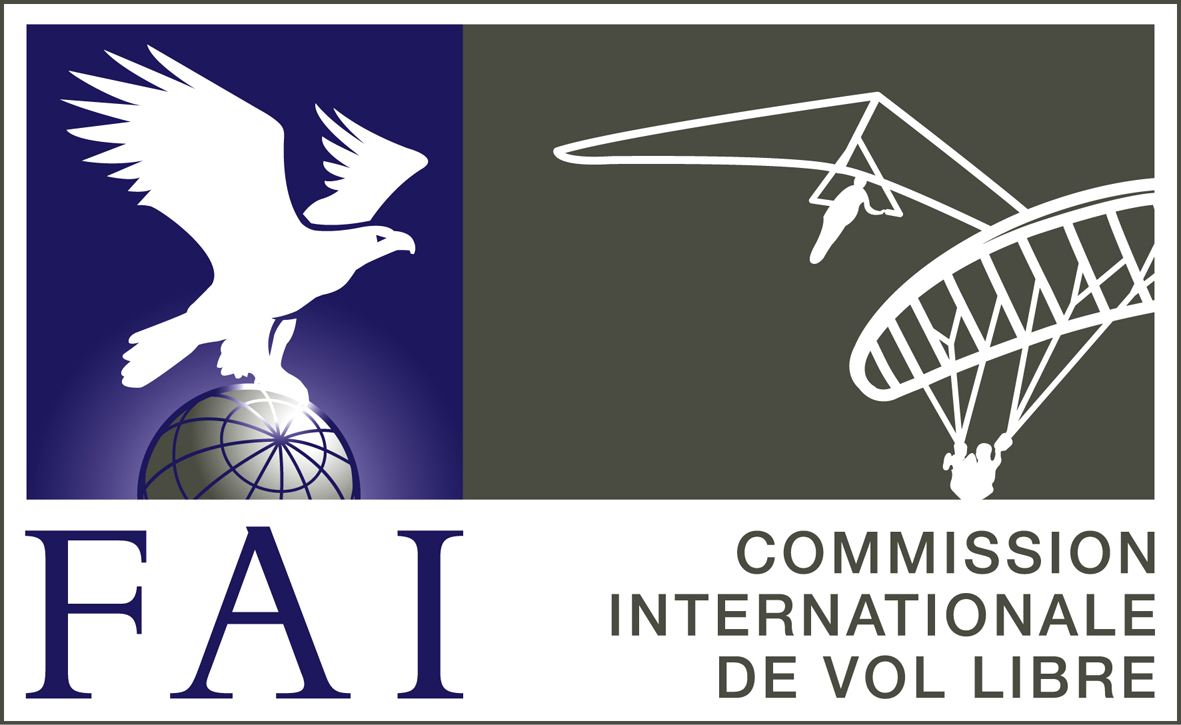
FAI Hang Gliding and Paragliding Commission (CIVL)
PG Accuracy Judging
Become a judge!
The sport of Paragliding accuracy needs judges to ensure that competitions are run safely and fairly. Like all other sports, a team of officials is required to make sure the result at the end of the day is correct and to help the competitors enjoy a good competition. Paragliding accuracy is a social and friendly sport, and judging is a way of participating.
You can become a judge in paragliding accuracy if you are interested in contributing to an aviation sport and willing to work on your skills. Paragliding accuracy judging is a voluntary task, but it also provides possibilities to meet new people and to develop and have a good time.
To become a judge you start at the national level (“national judge) and then continue to the international level at bigger competitions. National judges can judge at Cat 2 competitions. At Cat 1 competitions the judging team consists of “Category 1 judges”.
To become a judge you need to:
- Participate in judging training
- Obtain approval from the trainer/seminar leader
- Know the rules
- Keep training.
- After some years of fair judging and when you have developed a reputation of being a good judge one can expect to proceed to bigger events.
What do judges actually do?
There is some equipment that is necessary for successful judging at a Cat 2 event. Here is a checklist for organisers and the chief judge.
Judging equipment check-list for cat 2 events
The starting point for judging is to define what it is the competitors have to do – this is all in the rules within the FAI Sporting Code Section 7 C – Paragliding accuracy, which can be downloaded from the FAI website portal - https://www.fai.org
- In accuracy, the pilots aim to land as precisely as possible within the measuring field, preferably on an electronic measuring device.
- In accuracy, the performance is measured either by the automatic measuring device –‘the pad’ – or manually by the judges.
- Things happening in the final approach or in the air before the final approach may affect how the performance is evaluated; the judging team´s task is to follow and assess the whole flight.
Judging paragliding accuracy is not a simple task, because there may be many things happening at the same time around the target area, within the target area, and in the air. This requires concentration, speed, and skill to keep up with the action. The weather conditions may also change – and the judges naturally need to carefully observe this.
To become a good judge you must understand the rules, develop the skill to apply them to actual flying performances, and be confident in your own judgement. You do not need to be a pilot, but you need to understand paragliding, the range of a paraglider’s performance, and how the weather conditions affect the performance.
Judges’ selection process
Judges to the Category 1 events are selected and/or approved by the CIVL. (The Hang-gliding and Paragliding Commission)
For category 2 events the judges are selected by the organizer.
The rules for becoming a Cat 1 Judge are published in the Judging Code. You can find it in CIVL Documents > Sporting code
The list of approved judges is published on the CIVL PGA pages. Link to Category 1 judges list. You can find it in CIVL Documents > Officials and Experts > Judges
At the end of each season, an inquiry is sent out to all Category 1 judges with a request that they indicate if they still are available for the coming year’s competitions and whether they wish to remain on the list. Once received, this information is summarized and distributed to the organizers of Cat 1 events or their pre-events so that they can select a judging team.
Judges are FAI officials and members of judging teams at category 1 events represent several National Aero Clubs.
